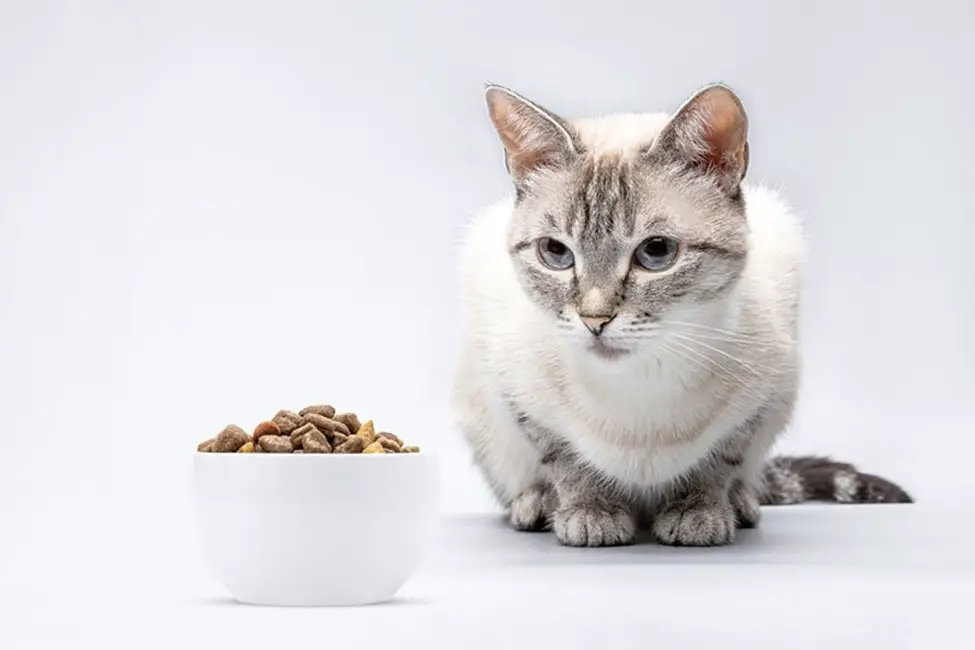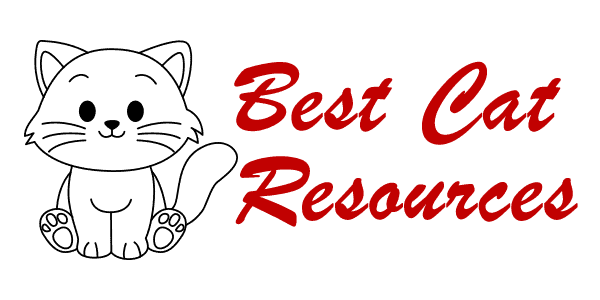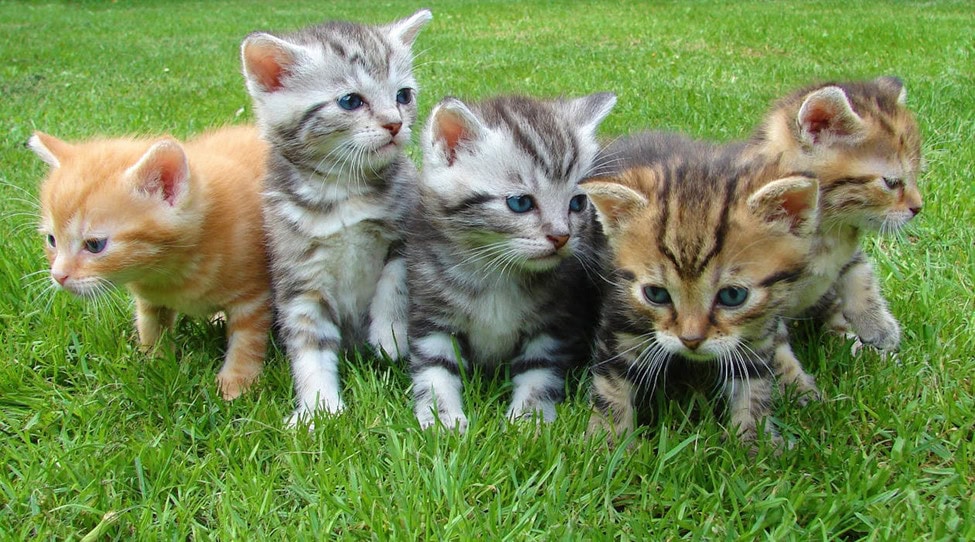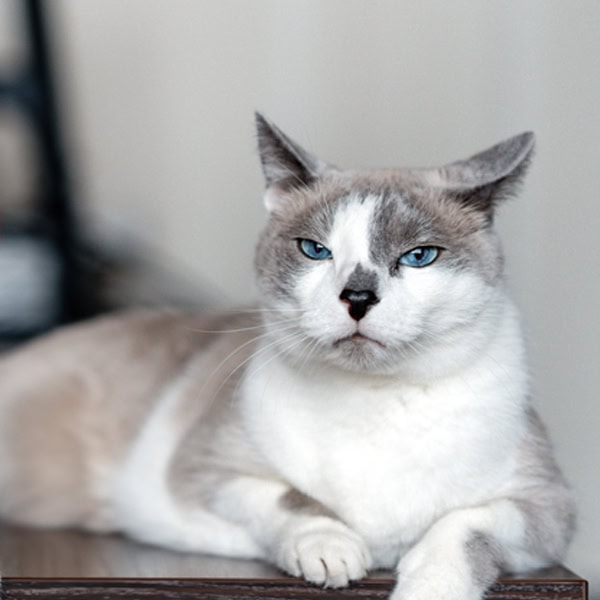Are you confused about which cat food ingredients are best for your feline friend? Imagine your cat facing health issues or a lackluster coat due to poor-quality ingredients. This article will guide you through the top 10 cat food ingredients to feed and the 10 cat food ingredients to avoid. By understanding what to look for and what to steer clear of, you’ll be able to make better choices for your cat’s diet. Let’s explore the essential cat food ingredients that can help keep your cat healthy and vibrant

Top 10 Cat Food Ingredients to Feed
Choosing the best ingredients for your cat’s diet ensures their overall health and happiness. Below, you’ll find a selection of the best ingredients that can enhance your cat’s well-being:
1. High-Quality Protein Sources
Cats are obligate carnivores, meaning their diet should be rich in animal proteins. High-quality proteins such as chicken, turkey, and fish are ideal. These proteins offer vital amino acids that are crucial for building muscle, boosting energy, and supporting overall health. They also help maintain a healthy coat and support the immune system.
Examples:
- Chicken
- Turkey
- Salmon
- Tuna
- Beef
Benefits:
- Supports muscle development and repair
- Provides essential energy and enhances metabolism
- Promotes a healthy, shiny coat
- Aids in maintaining a strong immune system
- Ensures overall vitality and well-being
2. Taurine
Taurine is vital for maintaining heart health, good vision, and efficient digestion. Foods enriched with taurine help keep your cat’s heart in top shape, maintain good eyesight, and aid in the absorption of nutrients.
Examples:
- Taurine supplements
- Foods fortified with taurine
- Fresh meat sources
- Fish
- Specialized cat food formulas
Benefits:
- Supports heart health and lowers the likelihood of developing heart disease
- Maintains good vision and prevents eye disorders
- Supports proper digestion and nutrient absorption
- Enhances overall energy levels
- Contributes to healthy fetal development in pregnant cats
3. Omega-3 and Omega-6 Fatty Acids
These essential fatty acids support your cat’s coat health and skin condition. Found in fish oil and flaxseed, they help reduce inflammation, promote brain health, and maintain a glossy coat. Omega-3s and Omega-6s are also beneficial for reducing the risk of chronic diseases.
Examples:
- Fish oil
- Flaxseed oil
- Salmon oil
- Chia seeds
- Canola oil
Benefits:
- Enhances coat and skin health, reducing dryness and itching
- Supports brain function and cognitive health
- Reduces inflammation and joint pain
- Boosts overall immune system performance
- Helps maintain healthy cellular functions
4. Fiber
Fiber supports healthy digestion and plays a key role in reducing hairballs. Ingredients like pumpkin and beet pulp are excellent sources of dietary fiber. Fiber ensures regular bowel movements and helps manage hairballs, which is essential for a healthy digestive tract.
Examples:
- Pumpkin
- Beet pulp
- Psyllium
- Oat bran
- Sweet potatoes
Benefits:
- Supports healthy digestion and regular bowel movements
- Helps prevent and manage hairballs
- Maintains gastrointestinal health and comfort
- Assists in weight management and prevents obesity
- Aids in nutrient absorption and overall well-being
5. Vitamins
Vitamins such as A, D, and E play vital roles in your cat’s health. Vitamin A supports vision and skin health, Vitamin D promotes bone health, and Vitamin E acts as an antioxidant. These vitamins ensure that your cat’s body functions properly and that they stay active and healthy.
Examples:
- Vitamin A (from liver or fish oil)
- Vitamin D (from fish oil or supplements)
- Vitamin E (from plant oils or supplements)
- Vitamin B complex (from meat and whole grains)
- Vitamin C (from fruits and vegetables)
Benefits:
- Boosts immune system and supports overall health
- Promotes healthy skin, coat, and vision
- Supports strong bones and teeth
- Functions as a protective agent against cellular damage by neutralizing harmful free radicals.
- Enhances energy levels and vitality
6. Minerals
Minerals like calcium, phosphorus, and magnesium are essential for bone health and various bodily functions. They help build strong bones and teeth, support metabolic processes, and ensure your cat’s overall health and development.
Examples:
- Calcium (from bone meal or dairy)
- Phosphorus (from meat and fish)
- Magnesium (from green leafy vegetables or supplements)
- Potassium (from meats and vegetables)
- Sodium (from natural sources like meat)
Benefits:
- Promotes strong bones and dental health
- Supports metabolic functions and energy production
- Aids in muscle function and nerve health
- Helps maintain a healthy cardiovascular system
- Enhances overall health and development
7. Probiotics
Probiotics are helpful bacteria that promote a healthy balance in your cat’s digestive system. They assist with digestion, enhance nutrient absorption, and strengthen the immune system. Including probiotics in your cat’s diet can support optimal gut health and help prevent digestive problems.
Examples:
- Probiotic supplements
- Yogurt (plain, unsweetened)
- Kefir
- Fermented vegetables
- Specially formulated cat food with probiotics
Benefits:
- Enhances digestive health and nutrient absorption
- Boosts immune system function
- Helps prevent and manage diarrhea and constipation
- Supports overall gastrointestinal health
- Promotes a balanced gut microbiome
8. Real Meat or Fish Meals
Real meat or fish meals provide concentrated protein sources that are highly digestible and nutritious. These meals ensure that your cat gets the protein they need without unnecessary fillers or additives.
Examples:
- Chicken meal
- Fish meal
- Lamb meal
- Turkey meal
- Beef meal
Benefits:
- Provides high-quality, concentrated protein
- Ensures better nutrient absorption and digestibility
- Avoids fillers and artificial additives
- Supports muscle growth and repair
- Contributes to overall health and vitality
9. Natural Preservatives
Natural preservatives like tocopherols (vitamin E) help keep cat food fresh without the use of artificial chemicals. They ensure that the food remains nutritious and safe for your cat to eat.
Examples:
- Tocopherols (vitamin E)
- Ascorbic acid (vitamin C)
- Rosemary extract
- Sage extract
- Green tea extract
Benefits:
- Preserves food freshness naturally
- Avoids harmful synthetic chemicals
- Maintains the food’s nutritional value
- Ensures safety and quality of the food
- Reduces the risk of adverse health effects
10. Hydrating Ingredients
Ingredients that add moisture to cat food, such as high-water content in wet food, are essential for keeping your cat hydrated. Proper hydration supports urinary tract health and overall well-being.
Examples:
- High-water content in canned food
- Broth or gravy
- Fresh vegetables with high moisture content
- Wet cat food formulas
- Bone broth
Benefits:
- Promotes proper hydration and urinary health
- Supports overall well-being and energy levels
- Aids in avoiding urinary tract infections and supporting kidney health
- Aids in digestion and nutrient absorption
- Keeps your cat’s skin and coat healthy
10 Cat Food Ingredients to Avoid
Avoiding certain ingredients is crucial to ensure your cat’s diet remains healthy. Here are 10 ingredients you should steer clear of:
1. Artificial Preservatives
Artificial preservatives like BHA, BHT, and ethoxyquin are used to extend shelf life but can pose health risks. These substances may cause ongoing health issues and should be avoided to protect your cat’s overall health.
Examples:
- BHA (butylated hydroxyanisole)
- BHT (butylated hydroxytoluene)
- Ethoxyquin
- Propyl gallate
- Sodium nitrate
Problems:
- Linked to potential health risks and cancer
- Can contribute to long-term health issues
- May cause allergic reactions
- Reduces overall food safety
- May affect your cat’s overall well-being
2. Fillers
Ingredients such as corn and wheat are commonly added to cat food to increase volume, but they offer minimal nutritional benefits. These fillers can lead to digestive problems and allergic reactions in cats, making them unsuitable for a healthy, balanced diet.
Examples:
- Corn
- Wheat
- Soy
- Rice bran
- Barley
Problems:
- Low in essential nutrients
- Can lead to digestive problems and allergies
- May contribute to obesity
- Offers no real health benefits
- Can cause nutrient imbalances
3. By-Products
Meat by-products include various parts of animals that might not be as nutritious or digestible. These by-products can lower the overall quality of the food and may include less desirable animal parts.
Examples:
- Poultry by-products
- Meat and bone meal
- Animal digest
- Rendered fat
- Blood meal
Problems:
- Lower quality protein sources
- Less digestible and less nutritious
- May contain questionable animal parts
- Can include unhealthy additives
- Reduces overall food quality
4. High Sugar Content
High sugar levels in cat food can lead to obesity and diabetes. It also contributes to dental problems and doesn’t offer any nutritional benefit, making it an undesirable ingredient.
Examples:
- Sugars and syrups
- High fructose corn syrup
- Beet sugar
- Glucose
- Fructose
Problems:
- Contributes to obesity and diabetes
- Causes dental problems and poor oral health
- Offers no nutritional value
- Can lead to energy spikes and crashes
- Increases risk of metabolic disorders
5. Artificial Colors and Dyes
Artificial colors and dyes are added to make food more appealing but can cause allergic reactions or other health problems. These additives do not add any nutritional value and should be avoided.
Examples:
- Red 40
- Yellow 5
- Blue 2
- Green 3
- Artificial colorings
Problems:
- Can trigger allergies or sensitivities
- Provides no nutritional benefits
- May cause behavioral changes or hyperactivity
- Adds unnecessary chemicals to the diet
- Reduces overall food quality
6. Excessive Salt
Excessive salt content in cat food can lead to kidney problems and high blood pressure. It’s important to avoid foods with too much salt to protect your cat’s health and prevent serious conditions.
Examples:
- Sodium chloride
- Salt
- Sodium nitrite
- Sodium phosphate
- Salts used in preservatives
Problems:
- Can contribute to kidney disease and hypertension
- Increases the risk of cardiovascular problems
- May cause dehydration and thirst
- Can lead to urinary tract issues
- Affects overall health and vitality
7. Meat and Bone Meal
Rendered meat and bone meal are often made from lower-quality animal parts. They can be less digestible and may contain unhealthy additives, making them a poor choice for your cat’s diet.
Examples:
- Meat and bone meal
- Rendered animal fat
- Animal by-products
- Bone meal
- Meat meal
Problems:
- Lower quality and less nutritious
- Can include unhealthy additives and fillers
- Less digestible compared to whole meats
- May contain questionable animal parts
- Reduces overall food quality and safety
8. Soy Products
Soy can be a common allergen for cats and may disrupt nutrient absorption. It’s better to avoid soy products to prevent potential allergies and ensure optimal nutrient intake.
Examples:
- Soy protein
- Soybean meal
- Soy oil
- Soy lecithin
- Soy flour
Problems:
- Potential allergen causing digestive issues
- Can interfere with nutrient absorption
- May lead to hormonal imbalances
- Reduces the overall quality of the diet
- May cause long-term health issues
9. Artificial Flavors
Artificial flavors are included in cat food to make it more appealing, but they provide no actual nutritional value. They can cause allergic reactions or sensitivities and should be avoided for a healthier diet.
Examples:
- Artificial flavorings
- Synthetic flavor enhancers
- Chemical taste enhancers
- Flavor additives
- Fragrance chemicals
Problems:
- Can trigger allergies or sensitivities
- Provides no nutritional value
- May cause gastrointestinal discomfort
- Adds unnecessary chemicals to the diet
- Reduces overall food quality
10. Rendered Fat
Rendered fat is a low-quality fat source that often comes from various animal parts. It doesn’t provide vital nutrients and could negatively impact your cat’s health, so it’s wise to steer clear of it.
Examples:
- Rendered animal fat
- Animal fat by-products
- Tallow
- Lard
- Animal-based fats
Problems:
- Less nutritious compared to whole fats
- Can be a source of unhealthy fats
- May include low-quality animal parts
- Reduces overall food quality
- May lead to increased weight and various health concerns
FAQs
Q1: What should I look for in the first few ingredients of cat food?
A1: Look for high-quality protein sources like chicken or fish as the first ingredients. These provide essential amino acids and support overall health. Avoid foods where the first ingredient is a filler or by-product.
Q2: Can I feed my cat human food occasionally?
A2: Yes, but only certain types. Safe human foods include cooked meats and some fruits and vegetables. Avoid feeding cats foods high in salt, sugar, or fat, and always check with your vet before introducing new foods.
Q3: How often should I change my cat’s food?
A3: Keeping your cat on a consistent diet is generally best. If you need to change their food, do so gradually over a week to prevent digestive upset. Always choose high-quality foods and consult your vet for personalized advice.
Conclusion:
In this article, we explored the essential cat food ingredients to feed and those to avoid. By choosing high-quality proteins, healthy fats, and avoiding harmful additives like artificial preservatives and fillers, you can greatly improve your cat’s health. Knowing these cat food ingredients is key to providing your feline with the proper nutrition needed for their health and happiness.




